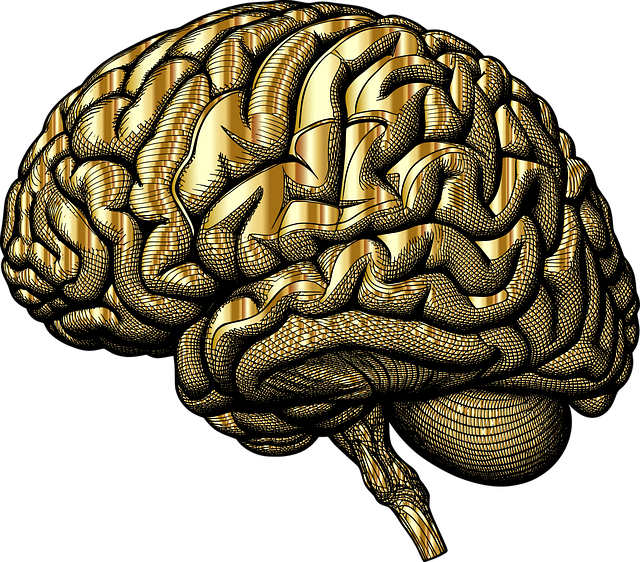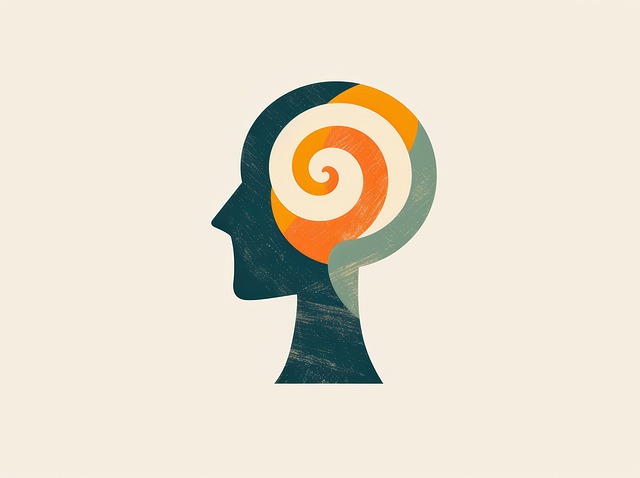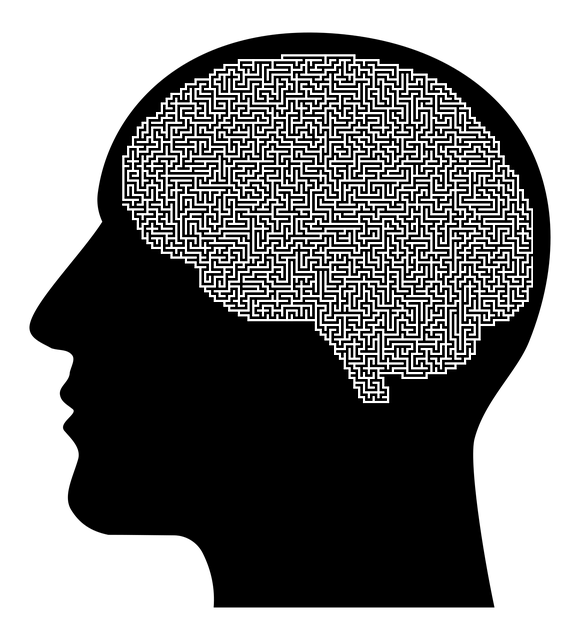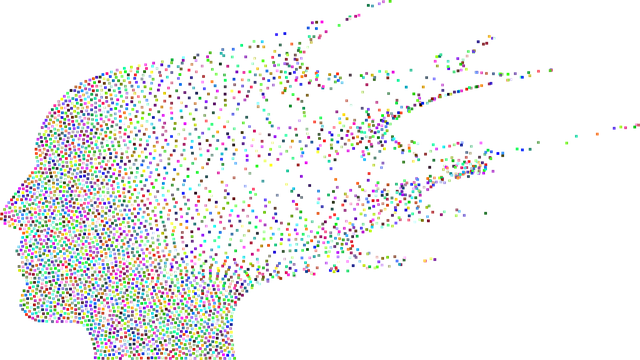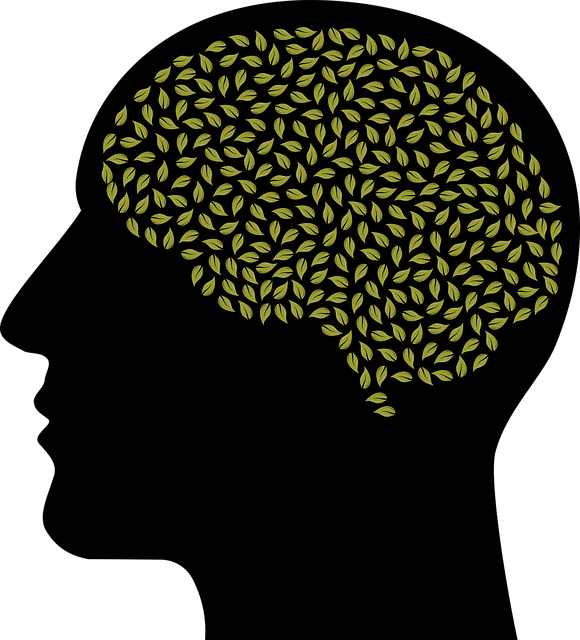Golden Adolescent and Teen Therapy emphasizes risk management planning as a cornerstone of ethical and successful mental health treatment for adolescents. This involves identifying and proactively addressing potential risks, from emotional crises to trauma revelations, creating a safe space for teens to build trust and explore inner strengths. Therapists employ mindfulness meditation and resilience-building techniques to empower teens with stress management tools and enhance their overall well-being. A comprehensive risk assessment, evidence-based practices, professional self-care, cultural competency training, and continuous evaluation of treatment strategies ensure the quality and effectiveness of services at Golden Adolescent and Teen Therapy.
Mental health professionals constantly face unique challenges, with risk management being a cornerstone of secure practice. This article explores essential strategies for navigating risks within adolescent and teen therapy contexts, particularly focusing on Golden Adolescent and Teen Therapy (GATT). We’ll delve into identifying common mental health risks specific to this age group, implementing evidence-based mitigation techniques, and emphasizing continuous evaluation as the key to adapting risk management plans. By adopting these practices, GATT providers can ensure safe, effective care.
- Understanding Risk Management in Mental Health Practice
- Identifying Potential Risks at Golden Adolescent and Teen Therapy
- Implementing Effective Risk Mitigation Strategies
- Continuous Evaluation and Adaptation for Secure Practice
Understanding Risk Management in Mental Health Practice

In the realm of mental health therapy, risk management planning is a cornerstone of ethical and effective practice, especially when catering to adolescents and teens at Golden Adolescent and Teen Therapy. It involves proactively identifying, assessing, and mitigating potential risks that therapists may encounter while working with this vulnerable population. Given the dynamic nature of teen psychology, therapists must be adept navigators, preparing for unforeseen challenges that could range from acute emotional crises to long-term trauma revelations. A robust risk management strategy ensures a safe and supportive environment, fostering trust and encouraging clients to explore their inner strengths.
By integrating practices such as mindfulness meditation and resilience building, mental health professionals can enhance their clients’ ability to cope with stress, regulate emotions, and develop inner strength. These tools not only serve as protective measures against potential risks but also empower teens to navigate life’s hurdles with greater ease. As therapists, being mindful of these strategies allows us to provide tailored support, ensuring every session contributes positively to our clients’ mental health journey.
Identifying Potential Risks at Golden Adolescent and Teen Therapy

At Golden Adolescent and Teen Therapy, identifying potential risks is a multifaceted process that goes beyond merely acknowledging challenges. It involves a thorough assessment of various factors unique to adolescents and teens in therapy, including emotional volatility, familial dynamics, and peer pressure. Therapists must remain vigilant for signs of escalating distress, such as sudden changes in behavior or academic performance, which could indicate underlying mental health issues like anxiety, depression, or substance abuse.
Leveraging evidence-based practices like Mindfulness Meditation and Self-Esteem Improvement can significantly mitigate these risks. By incorporating stress management techniques into therapy sessions, professionals empower adolescents to cope with life’s challenges more effectively. This proactive approach not only enhances overall well-being but also serves as a buffer against potential risks, ensuring that each client receives the support needed to navigate their therapeutic journey safely and successfully.
Implementing Effective Risk Mitigation Strategies

Implementing effective risk mitigation strategies is paramount in mental health professional practices, particularly when catering to adolescents and teens at Golden Adolescent and Teen Therapy. This involves a multifaceted approach that goes beyond standard procedures. Professionals must prioritize self-care routine development for better mental health; burnout can significantly impair judgment and decision-making capabilities. Regular stress management techniques, such as mindfulness meditation or exercise routines, are essential tools in the arsenal against risk escalation.
Moreover, healthcare provider cultural competency training plays a crucial role in mitigating risks associated with diverse patient populations. By fostering an environment of understanding and empathy, mental health professionals can build trust with their patients, encouraging open communication that may reveal hidden risks or concerns. This proactive approach ensures that every interaction is not just therapeutic but also protective, enhancing the overall quality of care delivered at Golden Adolescent and Teen Therapy.
Continuous Evaluation and Adaptation for Secure Practice

Mental health professionals must embrace a dynamic approach to risk management, recognizing that what works one day might need adjustment the next. Continuous evaluation is key to ensuring a secure and effective practice, especially when catering to the unique needs of adolescents and teens at Golden Adolescent and Teen Therapy. Regularly reviewing caseloads, treatment plans, and client outcomes allows therapists to identify areas for improvement and stay current with best practices. This ongoing process involves adapting strategies based on emerging research, changing legal guidelines, and evolving societal attitudes, such as reducing the mental illness stigma.
By staying agile, healthcare providers can better navigate the complexities of adolescent therapy. For instance, a therapist might initially employ a certain intervention technique but later adapt it to suit an individual client’s preferences or cultural background. This adaptability also extends to building confidence among young clients and fostering trust with their families. Additionally, participating in Healthcare Provider Cultural Competency Training can enhance these interactions, ensuring professionals remain attuned to the nuances of diverse populations they serve.
Mental health professionals, especially those working with adolescents and teens at Golden Adolescent and Teen Therapy, must prioritize risk management planning to ensure a safe and secure therapeutic environment. By understanding the unique risks associated with this demographic, such as privacy concerns, self-harm, and familial conflicts, practitioners can proactively implement effective mitigation strategies. Continuous evaluation and adaptation are key to navigating the dynamic nature of youth mental health, ensuring that practices remain robust and responsive to emerging challenges. This comprehensive approach not only safeguards clients but also fosters a culture of trust and healing.

